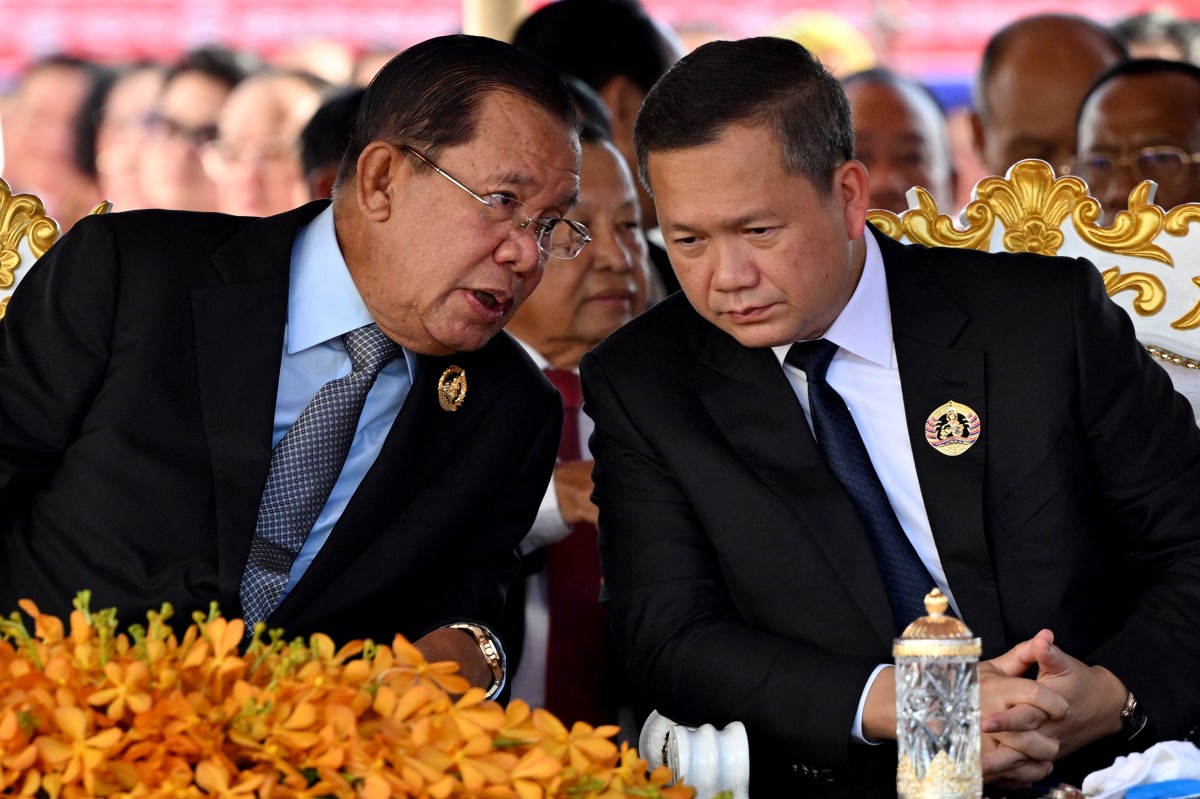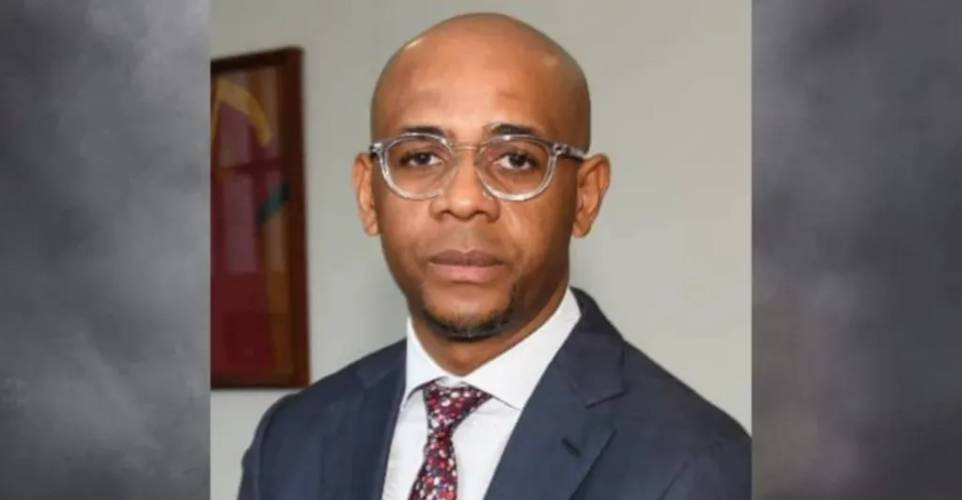Asian Giants Thaw: India & China Rebuild Ties with High-Level Diplomatic Push
Foreign ministers of India and China recently convened in New Delhi, marking a significant renewed effort to ease tensions between the two nuclear-armed Asian rivals after a five-year border standoff severely impacted their relations. India’s foreign minister, Subrahmanyam Jaishankar, welcomed China’s foreign minister, Wang Yi, for discussions aimed at stabilizing the relationship that deteriorated sharply following a deadly clash in 2020 along their disputed Himalayan border. This violence, which was the worst in decades, resulted in the deaths of 20 Indian soldiers and four Chinese soldiers, leading to a freeze in high-level political engagements.
Since the 2020 confrontation, both nations have deployed tens of thousands of security forces in the border areas, particularly in the Ladakh region, where the dispute worsened. However, some progress has been made towards de-escalation. Last year, India and China agreed to a pact on border patrols and withdrew additional forces from certain areas. Jaishankar emphasized the need for de-escalation to foster positive momentum in bilateral ties, stating that after a difficult period, both nations seek to move ahead with a candid and constructive approach. Wang Yi, in turn, noted the restoration of peace and tranquility along the borders and confirmed China’s allowance for Indian pilgrims to visit key sites in the Tibet autonomous region.
Further high-level discussions are anticipated, with Wang Yi scheduled to meet Indian Prime Minister Narendra Modi and National Security Adviser Ajit Doval. Reducing troop numbers on the border and potentially resuming trade in the contested region are expected to be key agenda items. Both countries continue to fortify their respective border infrastructures by constructing roads and rail networks. In recent months, official visits have increased, and discussions have focused on easing trade restrictions, facilitating the movement of citizens, and issuing visas for businesspeople. There are also ongoing efforts to restore direct flights, and discussions are underway to restart trade through three specific points along their 3,488-kilometer (2,167-mile) border, as confirmed by India’s foreign ministry spokesman, Randhir Jaiswal.
The thaw in relations can be traced back to last October when Prime Minister Modi and Chinese President Xi Jinping met at a summit of emerging economies in Russia, marking their first in-person interaction since 2019. Modi is also slated to visit China later this month—his first visit in seven years—to attend the Shanghai Cooperation Organization summit, where he is expected to meet Xi. Earlier this year, Xi Jinping advocated for India and China’s relations to evolve into a “dragon-elephant tango,” symbolizing a cooperative dance between the two nations. India’s external affairs minister also made his first trip to Beijing since 2020 last month.
Despite these efforts, the path to full normalization remains complex. Manoj Joshi, a fellow at the Observer Research Foundation, noted that relations are still at an uneasy level of normalization, requiring political compromise at the highest political level to resolve the boundary issue, suggesting that the countries are “still talking past each other.”
Adding another layer of complexity, these renewed engagements coincide with friction between New Delhi and Washington. U.S. President Donald Trump has imposed a 50% tariff on Indian goods, including a 25% penalty for purchasing Russian crude oil, which takes effect on August 27. India has shown no signs of backing down, instead deepening economic cooperation with Russia. Furthermore, Trump’s renewed engagement with Pakistan, India’s arch-rival—including hosting Pakistan’s army chief and announcing an energy deal—has also influenced New Delhi’s overtures to China. Lt. Gen. D.S. Hooda highlighted the strategic challenge, noting China's heavy investment in Pakistan and the difficulty of managing two hostile neighbors simultaneously. This geopolitical landscape underscores India's strategic balancing act as it navigates complex regional and international dynamics.
You may also like...
2026 Jeep Cherokee Unveiled: Specs, Price, and Heritage Revival Spark Debate

Jeep re-enters the compact SUV market with the all-new 2026 Cherokee Hybrid, boasting a boxy XJ-inspired design and an e...
Mercedes-AMG GT XX Shatters EV Record, Dares Tesla to Catch Up

Mercedes-AMG's Concept AMG GT XX shattered 25 electric vehicle records during an ultramarathon run at Nardò, covering th...
Tornado Cash Trial Concludes with Guilty Verdict, Crypto Community Seeks Answers

The Tornado Cash trial has concluded with co-founder Roman Storm found guilty of conspiracy to operate an unlicensed mon...
Ethereum Skyrockets to New All-Time High, Legendary Trader Calls It 'Powerful'

Ethereum (ETH) has soared to a new historic peak of $4,885, marking its first all-time high in nearly four years, follow...
AI's Untamed Momentum: Nvidia's Explosive Growth & Future Outlook

AI chipmaker Nvidia's third-quarter revenue forecast surpassed Wall Street estimates, driven by strong demand for its ch...
Trade War Escalates: India Reacts to Crushing US Tariffs on Exports

India is responding to new US tariffs that will affect 55% of its merchandise exports by implementing national strategie...
Thai-Cambodian Border Boiling Point: Fake News, Assassination Plots, and Land Disputes Fueling Tensions

Tensions persist along the Thai-Cambodian border, fueled by accusations of assassination plots, alleged landmine deploym...
Shockwave in Equatorial Guinea: President's Nephew Jailed in Sex Tape Embezzlement Scandal

Equatorial Guinea's former financial investigation agency head, Baltasar Ebang Engonga, has been sentenced to eight year...
